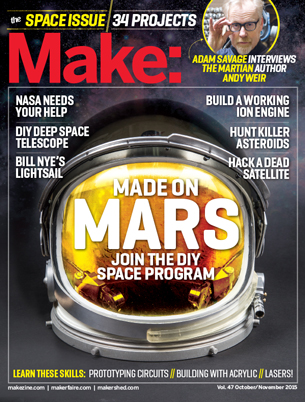Learning how to make 360 photo product images can level up your eCommerce game. These interactive photos let customers view items from every angle, just like in a physical store. No matter if you're a small business owner or a professional photographer, creating 360 product spins is easier than you think. In this guide, we'll dig in to seven key methods for how to make 360 photo product images, including equipment recommendations, shooting techniques, and editing tips.

1. Understand the Basics of 360 Product Photography
360 product photography involves capturing multiple images of an item from different angles and stitching them together into an interactive view. This technique gives customers a complete look at your product.
- Key components:
- A turntable to rotate the product
- Consistent lighting setup
- Stable camera position
- Editing software to combine images
For more details, check out this comprehensive guide on 360 product photography.

2. Use Assembo.ai to Create Custom Backgrounds
Assembo.ai offers an easy way to visualize your 360 product photos in different settings. This AI tool helps you create professional-looking product images without expensive equipment.
- How it works:
- Upload your product images
- Select from various background options
- Generate realistic product scenes
- Download or share your creations
Learn more about Assembo.ai's product visualization features.

3. Build Your Own DIY Turntable
You don't need expensive equipment to learn how to make 360 photo product images. A simple DIY turntable can work just as well for small items.
-
What you'll need:
- Lazy Susan (12-inch diameter)
- Fabric measuring tape
- White foamboard or acrylic panel
- Glue gun
-
Assembly steps:
- Glue the measuring tape around the Lazy Susan edge
- Attach the white surface on top
- Use a pen as a rotation marker
See detailed DIY turntable instructions for more help.

4. Invest in Professional Equipment
For businesses needing high-volume production, professional 360 photography equipment can save time and ensure consistent quality.
-
Recommended gear:
- Motorized turntable (like Foldio360)
- DSLR or mirrorless camera
- Two or three LED light panels
- Light stands and softboxes
-
Benefits:
- Automated rotation for precise angles
- Consistent lighting across all shots
- Faster workflow for multiple products
Compare professional 360 photography solutions for your business needs.

5. Use Specialized 360 Photo Software
After capturing your images, you'll need software to stitch them into an interactive 360 view. Several options exist for different skill levels.
-
Top software choices:
- Spinzam (user-friendly web-based)
- WebRotate 360 (advanced features)
- Orbitvu (all-in-one solution)
- Adobe Photoshop (manual stitching)
-
Key features to look for:
- Automatic image alignment
- Customizable viewer interfaces
- E-commerce platform integration
Explore WebRotate 360's publishing options for your product images.

6. Master the Lighting Setup
Proper lighting is key when learning how to make 360 photo product images. Consistent illumination from all angles ensures professional results.
-
Lighting tips:
- Use at least two light sources
- Position one light above the product
- Place second light behind for separation
- Use softboxes for even diffusion
-
Common mistakes:
- Uneven shadows across frames
- Harsh reflections on shiny surfaces
- Inconsistent color temperature
Get more lighting tips for product photography.

7. Try Multi-Row 360 Photography
For complex products, multi-row 360 photography captures additional angles above and below the product for a complete view.
-
How it works:
- Shoot multiple rows at different heights
- Capture 24-36 images per row
- Stitch together in specialized software
-
Best for:
- Furniture and large items
- Products with important top/bottom features
- High-end product displays
Learn about advanced multi-row 360 techniques.
Final Thoughts
Now that you know how to make 360 photo product images, you can create exciting interactive content for your online store. From simple DIY setups to professional equipment, there's a solution for every budget and skill level. Remember to focus on consistent lighting, stable camera positioning, and proper image stitching for the best results. Start experimenting today and give your customers a better way to view your products.
